
The Experts Vindicate in Part
"DNA Racial Classifications Refuted!"
A Vindification of the Brit-Am
Case Study: "The Cohen Gene"

Brit-Am
Research
and Discovery
Facing A Revision of DNA Theory
Very Important and Interesting Books - Read More -
and
Order Now!
http://britam.org/books.html
Click Here
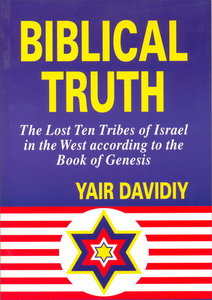
|
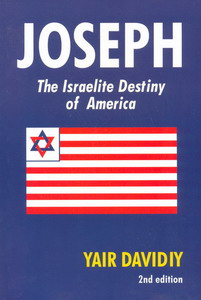
|

|
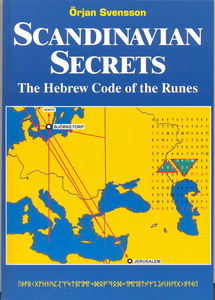
|
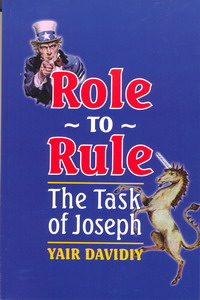 http://www.britam.org/Role.html For all Brit-Am Publications Click Here |
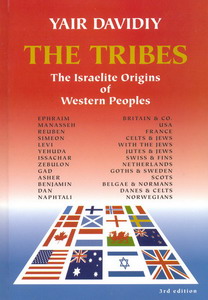
|
Independent Sources Confirm
Brit-Am Understanding in regards to CMH!
Yair Answered:
I do not see the difference. I do not believe there is one. How can it be
"exclusively hereditity" (are you making fun of my spelling mistakes?)
and not "exclusively indicative of a particular ancestry"?
It sounds like the same thing.
If there is a difference, Please explain carefully.
"Talk slowly, I am a natural blond".
James continued:
Well, it depends what you mean by "exclusively heredity", when you wrote:
>>> ONLY this time did I get answers admitting that CMH is NOT exclusively heredity. >>>
It was your expression, not mine. I was not entirely clear what you meant. (But sorry for "exclusively hereditity" - my copying mistake, no making fun intended). If you meant, " The CMH is not "exclusively indicative of a particular ancestry", then that is correct. (But you do understand that the same statement made about say Haplogroup J1 would not be correct, don't you?) However, if you had meant that some other process was at work, other than ordinary inheritance, and an occasional small change in a Y-STR marker, then that would be unlikely to be correct.
The historical sequence was probably something like this. The MRCA [Most Recent Common Ancestor] of haplogroup J probably had a (6-marker) haplotype quite close to the CMH. His descendents, the MRCAs of haplogroups J1 and J2 appear also to have had (6-marker) haplotypes quite close to the CMH. Over time since then, the range of haplotypes of their descendents have spread out, like two clouds; so comparatively few now have the exact CMH haplotype. (I think your webpage says only about 3%). However, the much more recent ancestor of the J1 Cohens /did/ have the CMH haplotype, and (as that wasn't so long ago), most of his descendents /still/ have a 6-marker haplotype which is very close the CMH.
Yair:
The figure is about 50% of Cohens with J1 having CMH. So ca half retained it and half lost it, as Giacomi proposes?
http://britam.org/DNARefutation.html
James:
Our current best guess is that those 50% share a recent common ancestor (though without higher-resolution results based on more markers, we can't be absolutely definitively sure of it). Maybe 5% "lost" it -- they still have haplotypes which clearly belong to the same cluster, but are maybe 1 point different when you look at the particular 6 markers used to define the CMH. The other 45% or so never had it. Their lineages were never J1 CMH, and they probably don't have a common ancestor with the J1 CMH Cohens in the last 10 or 20,000 years.
Interestingly there are also some Cohens in J2, and some of these also have a 6-marker haplotype which is close to the 6-marker CMH. (Though at 12-markers their haplotypes do become rather different to those of J1 Cohens).
The J1 Cohens and the J2 Cohens likely haven't shared a common patrilineal ancestor in 20,000 years - as becomes clear when you look at more than 6 markers. But just by chance, they are quite close when you only consider the 6 markers that Dr Skorecki et al first looked at.
The conclusion is that matching on 6 STR markers are not a very sufficient indicator of recent common ancestry. In contrast matching on SNP markers /is/ a strong indicator of shared "deeper time" ancestry. And /not/ matching on particular SNP markers is a strong indicator of /not/ sharing close "deeper time" ancestry.
It seems to me that, with these misconceptions clarified, what the material you cite on your page /isn't/ doing is refuting anything about >>how population Y-DNA evidence is interpreted by people who understand >>the difference between SNPs and STRs.
Rather, what the page underlines as incorrect is a populist misconception that the CMH is a "Cohen gene" that "came into being"
Yair:
You are saying more or less (like Giacomi) that CMH was the original haplotype or close to it but over time a good portion of its first bearers "drifted away" genetically?
James:
Basically, yes. If you go back 20,000 years, long before Aaron (if
he ever existed), back to the patrilineal ancestor of the whole of haplogroup J,
his 6-marker haplotype was probably close to the CMH-6. As time went on, one of
his descendents had a mutation which defined Haplogroup J2. Another, on a
different line had a mutation which defined Haplogroup J1. Descendents of these
two account for pretty much all the current descendents of the original J man.
Pretty much all other of his patrilineal descendent lines either died out or
daughtered out. Both the original J2 man and the original J1 man probably had
haplotypes which were (at 6 markers anyway) close to that of the original J man.
Time passed. The haplotypes of a good proportion of descendents of the original
J2 and J1 founders have drifted away genetically. Some may have drifted away and
then drifted back. We don't know. But there are some which are still close to
what is believed to be the original (at least on the 6 markers which were used
to define the CMH; the evidence is they appear to have drifted on other markers
instead). It appears that about 50% of Cohens are descended from one such line.
A large number of Kurds in Iraq also descend from such a line. But there is no
particular reason to believe they both descend from the same line. (Actually, I
think those Kurds are J2 rather than J1, so that would definitely be a different
line).
Summary: The same Y-STR /haplotype/ can be associated with different
lineages, not recently related, particularly if only rather few markers have
been tested. On the other hand, a Y-SNP /haplogroup/ is always associated with a
single original founder, and a single original mutation. Does that help ? --
James. -

|
|
Contents by Subject |
Home Research Revelation Reconciliation |
Publications |
Site Map Contents in Alphabetical Order |
This Site |
|
Main Page
Offerings and Publications
Return to Question and Answer
Table of Contents